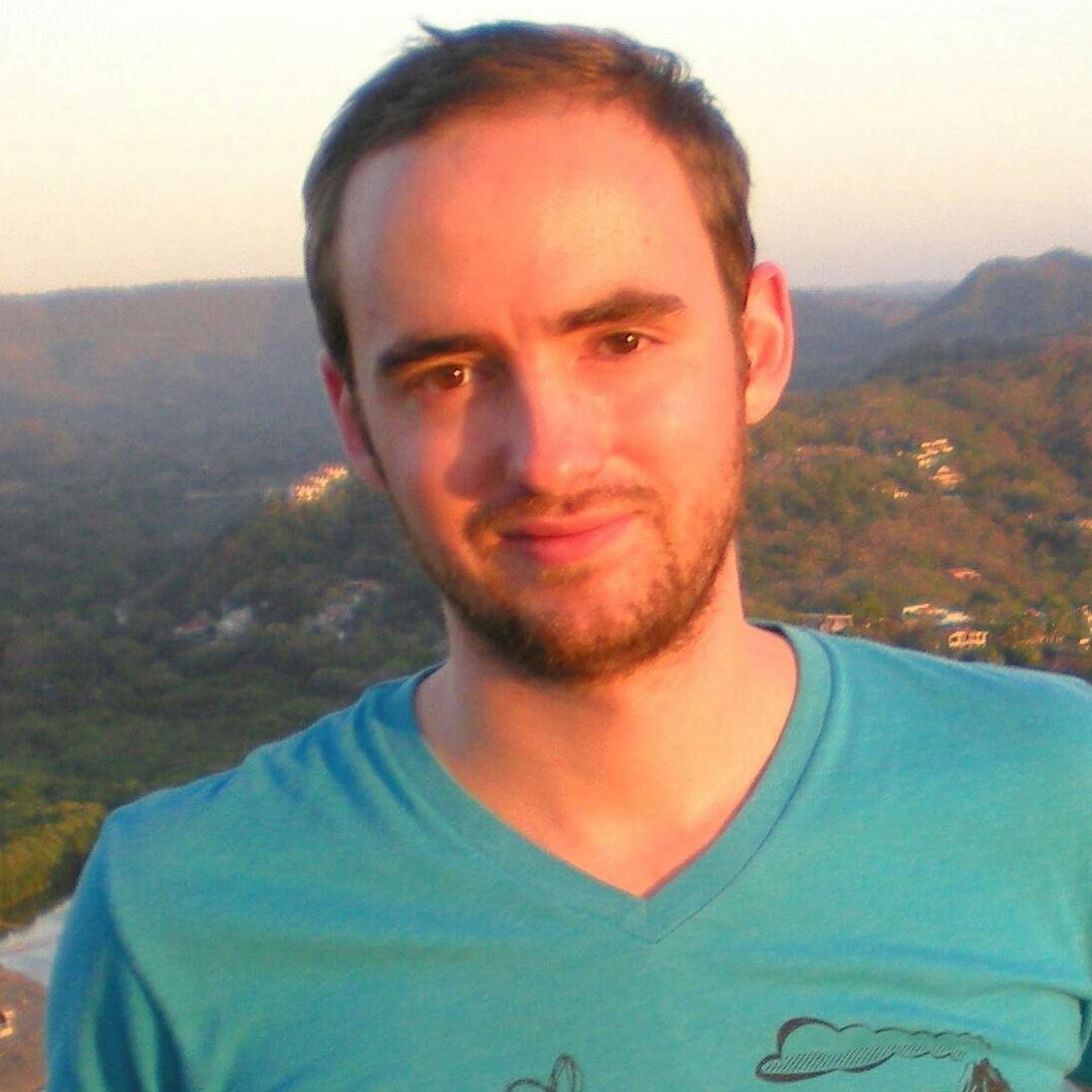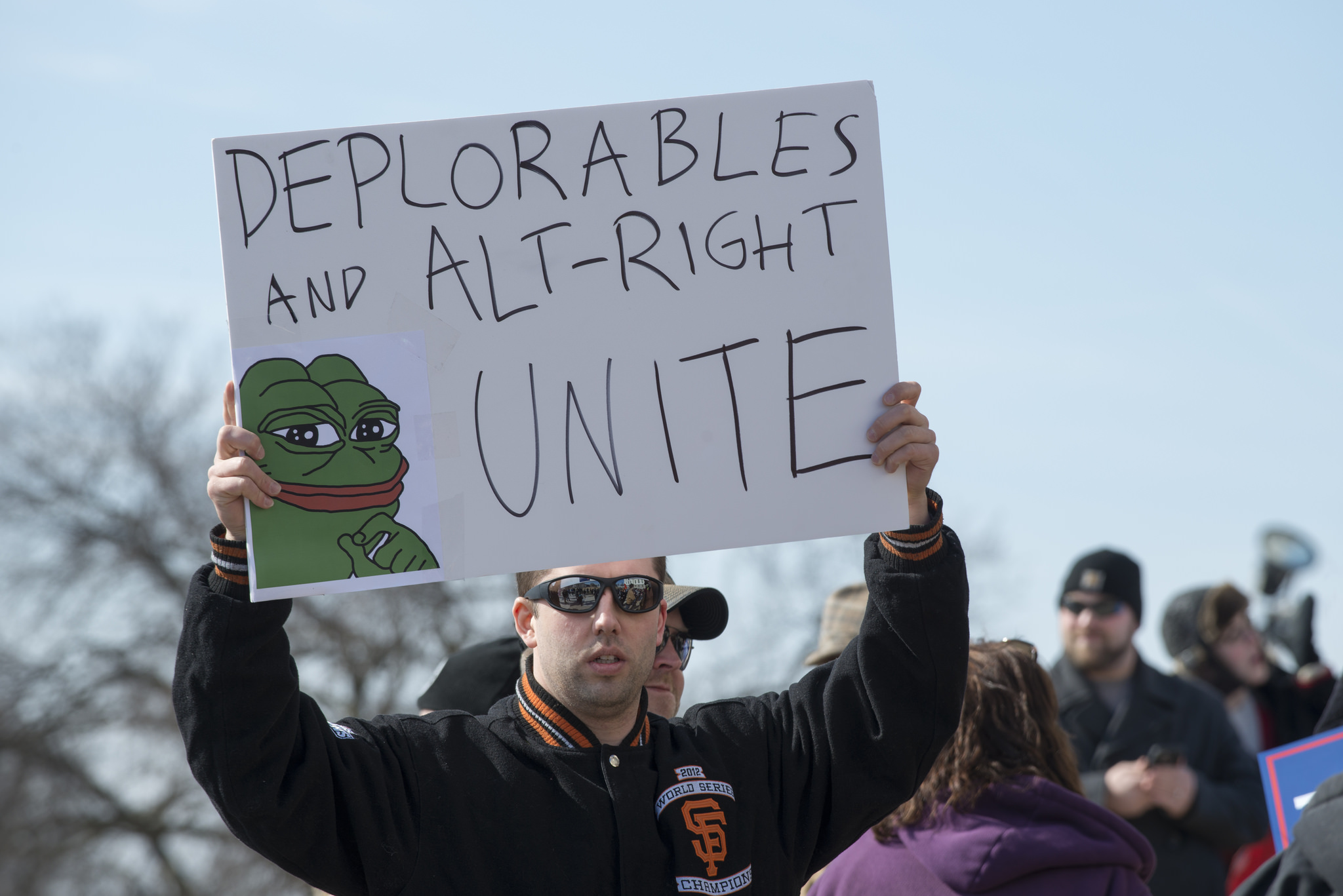The 'Alt-Right' Is Scaring Some Students Away From a Liberal College in Washington

By:
The University of Washington, one of the United States’ top educational institutions, has been in the news recently for reasons other than academic success. In January, a protester was shot in the stomach outside an on-campus event for a featured “alt-right” guest speaker, Milo Yiannopoulos.
 Flickr/Michael Matti - flickr.com
Flickr/Michael Matti - flickr.com
Now, while the national conversation focuses on the free speech rights of right-wing speakers, some are concluding the school is incapable of providing a safe and welcoming environment to those — the undocumented, the non-white, and anyone on the left — who are so often the targets of right-wing speech.
Over 44,700 students attended UW in 2015, of which 43.3 percent identify as white, 27.6 percent as Asian, 7.1 percent as Latino, and 3.5 percent as African-American. That makes the school significantly more diverse than Washington state as a whole, where whites make up more than 80 percent of the population, according to the U.S. Census Bureau.
The diverse student population doesn’t exist in a vacuum, however.
UW’s Seattle campus has not been insulated from political developments outside of it, namely: the election of President Donald J. Trump.
According to the school’s Bias Incident Advisory Committee, there have been “two significant upticks” in reported bias incidents since November 2016. “The first occurred immediately after the U.S. presidential election,” it said in a March 1 report, “and the second occurred after the presidential inauguration.”
The day of the inauguration is when UW College Republicans planned to have Yiannopoulous, a figurehead of the alt-right movement who created a “whites-only” college scholarship, speak on campus. The invitation itself was controversial: thousands signed a petition calling on UW President Ana Mari Cauce to cancel the talk, citing a school policy against “discriminatory harassment” and concerns Milo was “inciting his followers to engage in similar acts of harassment.”
On the day of Yiannopoulous's appearance, those fears were borne out, with a Milo supporter shooting a left-wing protester in the stomach. On April 24, the confessed shooter, Elizabeth Hokoana, was charged with first-degree assault; her husband Marc, described as a former UW student, was charged with third-degree assault for pepper-spraying protesters prior to the incident, their lawyer claiming they acted in self-defense amid a scuffle outside the talk.
As the Seattle Times reported, Senior Deputy Prosecutor Mary Barbosa said the shooting, “was not an impulsive act done in a moment of fear,” and that Facebook messages revealed that the couple was prepared to “start cracking skulls” hours before the talk began.
Immediately after the incident, UW College Republicans issued a statement that called the protesters “pseudo-terrorists”; the statement did not mention the shooting.
That episode, critics say, should have sparked a change in how UW addresses the far right. Extremist rhetoric isn’t just “free speech,” in their view, but incitement with potentially lethal consequences.
A UW graduate student, who spoke to ATTN: on the condition of anonymity, was teaching a writing course at the time of the inauguration and saw the impact of the “alt-right” in their classroom.
One student had already been giving them trouble, disrupting class discussions on racism and refusing to work with international students. The instructor alleged that the student also made comments suggesting they would like to violently repress left-wing activists on campus.
“I was terrified because [the student] was already exhibiting behaviors suggesting paranoia,” the instructor said. “It sounded like they were escalating, or radicalizing.”
 Flickr/Fibonacci Blue - flickr.com
Flickr/Fibonacci Blue - flickr.com
On Feb. 1, the instructor called UWPD to report their concerns, for which they were allegedly reprimanded by the interim head of the English Department. Rather than remove the student, the school recommended “cautious normalcy” and the instructor was told to try to reach the student “pedagogically.”
The interim chair of UW’s English Department at the time, Anis Bawarshi, did not respond to requests for comment. However, the head of the instructor’s program confirmed to ATTN: “that the incident was reported to UWPD, Safe Campus, and UW Community Standards and Student Conduct.”
Instead of removing the student after the claimed endorsement of violence, the school met with them instead. About a week later, the instructor found that “someone had smashed the rear window of my car.” Nothing was taken, and no other car was broken into. The instructor did not find it coincidental. "This happened right after Community Standards and Safe Campus informed me that they would have to meet with the student.”
In response to the incident, the school suggested therapy. “They completely blew off my concerns and strongly advised me not to call police because the student would feel targeted,” the instructor said, treating the incident as more about her “feelings” than the student’s actions.
“The university is just continuing to not take white supremacy and the alt-right seriously, spending more effort to protect the ‘free speech rights’ of the white supremacists who are behaving very inappropriately, and violently.”
The instructor has since stopped teaching and attending classes.
These incidents have other students reconsidering their place at UW, too.
“We find it laughable that President Cauce thinks that UW is a safe and welcoming campus for all when the actions of her and the administration only serve to further embolden and protect ideologies centered around the harm of others,” one woman said at a March 31 action on UW’s Seattle campus, held the same time as “Prospective Student’s Day.”
The speaker was a prospective student herself, slated to start in fall 2017. Instead of worrying about what classes to take, however, she said she was asking herself “whether I feel safe here on campus.”
Speaking to ATTN:, the student — requesting anonymity out of fear of being targeted — said she had since answered the question: no. Indeed, she concluded “the campus is not really behind behind me, and it actually it’s behind people who actively want to harm me.” She felt it would be a dereliction to, in her view, reward the school’s inaction with her tuition dollars.
In a letter to the school’s admissions office, she explained that she would have attended the school “had it not been for the UW administration’s encouragement of fascist and neo-Nazi organizing on campus.”
“I am putting my future on hold because I don’t feel safe on campus," she said. “I don’t think the UW administration cares about me, and I don’t want to be part of a community that doesn’t take threats to marginalized students and community members seriously.”
UW spokesperson Norman G. Arkans told ATTN: that “one email does not a pattern reveal,” noting that 15,000 offers of admission were issued with an eye toward a freshman class of 6,700 students. “Interestingly,” he said, “just yesterday [April 18] I replied to a mother who wrote to us about how, from her perspective, politically conservative-leaning students felt threatened on campus by students from the left. I guess we’re getting from both sides.”
“My strong belief,” Arkans continued, “is that these perspectives represent the extremes and that the vast, vast majority of our smart, hard-working students feel absolutely safe, secure, and supported to pursue their educations here.”
